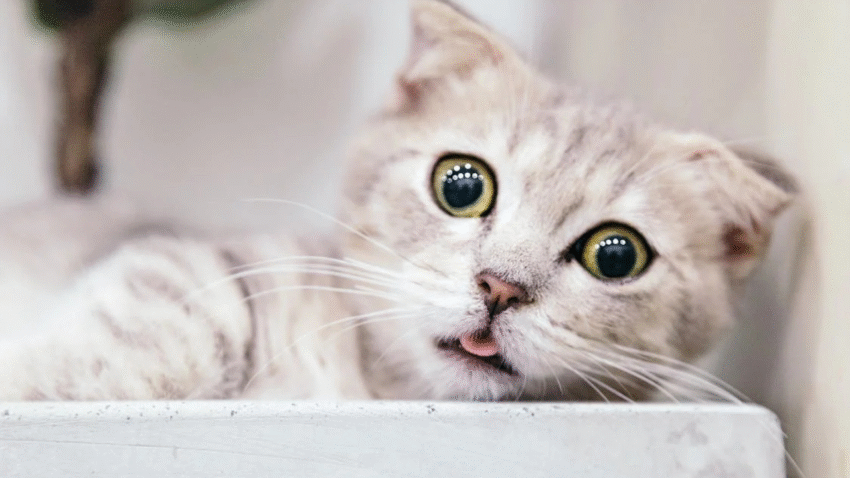Introduction
Want to make sure your kitten is growing up healthy and strong? In this guide, you’ll learn how to monitor your kitten’s health and growth from the early weeks through adolescence. From weight tracking to behavior observations, these tips will help you spot problems early and raise a thriving cat. Whether you’re a first-time cat parent or just want to stay ahead of health issues, this step-by-step guide has you covered.
Why Monitoring Your Kitten’s Health and Growth Matters
Kittens grow rapidly in the first year of life, and this period lays the foundation for their lifelong health. By keeping an eye on your kitten’s development, you can:
- Detect early signs of illness or developmental issues
- Ensure they’re receiving proper nutrition
- Adjust care routines as they grow
- Strengthen your bond through daily interaction
Cats are known for hiding discomfort or sickness, so regular health monitoring is essential for catching silent issues before they become serious problems.
Step-by-Step Guide to Monitoring Your Kitten’s Health and Growth
Step 1: Track Weight and Size Weekly
Use a digital kitchen scale for small kittens. Weigh them once a week and record the numbers. Healthy kittens should gain about 10–15 grams per day during the first few weeks.
Growth tracking tips:
- Use the same time of day each week
- Place them in a small box or bowl on the scale
- Log their weight in a notebook or app
As your kitten ages, growth will slow, but tracking helps you notice any stalls or unusual drops that might signal illness.
Step 2: Monitor Eating and Drinking Habits
Healthy kittens have big appetites. Keep an eye on:
- How much they eat at each meal
- Changes in interest toward food
- Water intake (especially after switching to dry food)
Sudden changes in appetite, refusal to eat, or increased thirst may indicate underlying issues such as dental pain, parasites, or infections.
Step 3: Watch the Litter Box
Your kitten’s stool and urination patterns are important health indicators. Look for:
- Consistent bowel movements (at least once per day)
- Formed, brown stool (not too hard or too soft)
- Clear or light yellow urine
Diarrhea, blood, or straining to urinate are signs to consult a vet immediately.
Step 4: Inspect Their Coat and Skin
A kitten’s coat should be soft, shiny, and free of bald spots. Run your fingers through their fur weekly to check for:
- Fleas or ticks
- Scabs, redness, or bumps
- Dry patches or oiliness
Also check under the chin and behind the ears—common spots for early skin issues to develop.
Step 5: Check Eyes, Ears, and Nose
These areas give quick clues about your kitten’s health.
Eyes:
- Should be bright, clear, and free of discharge
- Excess tearing or squinting may signal infection
Ears:
- Should be clean and pale pink
- Dirt, wax, or a foul smell may indicate mites or infection
Nose:
- Should be moist and free of crust
- Persistent sneezing or nasal discharge can mean allergies or illness
Step 6: Observe Behavior and Activity
Kittens should be curious, playful, and affectionate. Warning signs to watch for:
- Lethargy or lack of energy
- Hiding more than usual
- Aggression or irritability
- Shaking, trembling, or limping
Changes in personality or energy often appear before physical symptoms, so trust your instincts if your kitten seems “off.”
Common Mistakes to Avoid
1. Skipping Routine Weigh-Ins
Growth is one of the easiest ways to spot issues early, especially in kittens under 6 months. Don’t rely on guesswork—use a scale.
2. Assuming All Litter Box Changes Are Normal
Frequent urination or changes in stool are often early symptoms of health problems. Don’t delay action when you notice a shift.
3. Ignoring Subtle Changes in Appetite or Behavior
Kittens often hide discomfort. Even small changes in mood or habits can indicate a problem developing.
4. Not Scheduling Regular Vet Checkups
Don’t wait until there’s a problem. Kittens need multiple checkups in the first year for vaccines, deworming, and developmental screening.
5. Overlooking Dental Health
Even baby teeth can cause issues. Bad breath, drooling, or chewing on one side are signs your kitten may need a dental check.
Extra Tips & Recommendations
- Create a Health Logbook: Track weight, food intake, stool observations, and any behavior changes. Bring it to vet visits for helpful context.
- Use a Monthly Growth Chart: Download a kitten growth chart and compare progress to typical milestones based on age.
- Set Reminders for Vet Visits: Kittens need vaccines at 6, 9, and 12 weeks, followed by spaying/neutering and booster shots. Use a calendar or app to stay on track.
- Offer a Balanced Diet: Choose kitten-formulated food with the right nutrients. Poor nutrition leads to weak bones, delayed growth, and immune issues.
Want help with feeding routines? Check out our guide on [how to feed your kitten based on age and size].
Conclusion
Monitoring your kitten’s health and growth doesn’t have to be complicated. With weekly weigh-ins, daily observations, and consistent care, you’ll catch issues early and support your kitten’s development into a happy, healthy adult cat. Trust your instincts, track changes, and enjoy every step of the journey.
Keep coming back for more simple cat care guides—we’re here to help you raise your perfect feline friend!
